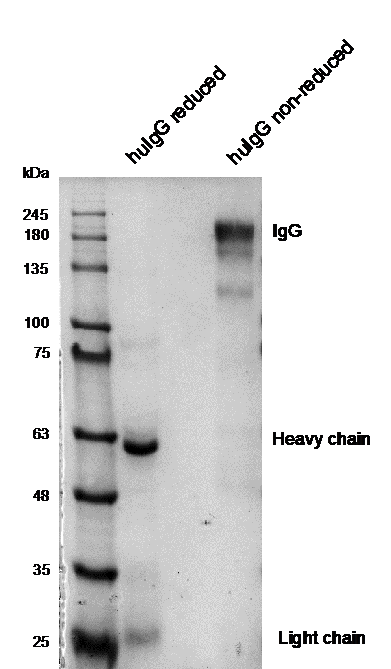Cat. #160843
BDP-8900 MRCK Small Molecule Inhibitor
Cat. #: 160843
Sub-type: Inhibitor
Availability: Please enquire for quantities and pricing
Application: Protein crystallization, Cell line screening,
This fee is applicable only for non-profit organisations. If you are a for-profit organisation or a researcher working on commercially-sponsored academic research, you will need to contact our licensing team for a commercial use license.
Contributor
Institute: Cancer Research UK, Glasgow: The Beatson Institute
Tool Details
*FOR RESEARCH USE ONLY (for other uses, please contact the licensing team)
- Tool name: BDP-8900 MRCK Small Molecule Inhibitor
- Alternate name: myotonic dystrophy kinase-related CDC42-binding kinase, MRCK
- Research fields: Cancer
- Molecular formula: C19H23N5S
- Chemical name: C19H23N5S
- Tool sub type: Inhibitor
- Primary target: Myotonic dystrophy kinase-related CDC42-binding kinase IC50 = 43nM (MRCKβ)
- Description: Members of the RhoGTPase family are central regulators of the actin-myosin cytoskeleton and have been shown to contribute to multiple processes associated with invasion and metastasis. Cdc42 signals through effector proteins including the myotonic dystrophy kinase-related Cdc42-binding kinases a and β (MRCKβ and MRCKβ), which are 190 kDa multi-domain proteins with ~80% amino acid identity across their kinase domains, that are expressed in a wide range of tissues. MRCK and the Rho-regulated ROCK kinases belong to the AGC kinase family, and share ~45-50% amino acid identity in their N-terminal kinase domains, which is reflected in their shared abilities to phosphorylate a similar set of substrates including MLC and the inhibitory phosphorylation of the myosin binding subunit (MYPT1) of the MLC phosphatase complex. However, MRCK and ROCK kinases may phosphorylate substrates, such as MLC, at different subcellular localizations due to their specific interactions with targeting proteins and/or lipids. Importantly, it has been observed that the actin-myosin contractility required for the invasion of three-dimensional extracellular protein matrices by MDA-MB-231 breast cancer cells, and for the collective invasion of squamous cell carcinoma (SCC) cells through three dimensional collagen matrices in an organotypic model were dependent on MRCK signalling. Elevated MRCKβ expression was reported to contribute to Ras oncogene-driven SCC development in genetically-modified mice following repression of the Notch 1 tumour suppressor. In addition, gene expression analysis identified MRCKβ as part of a breast cancer gene expression signature linked to poor patient prognosis and increased incidence of metastasis under five years. These observations indicate that MRCK contributes to tumour cell invasiveness and may be an important driver of metastasis. BDP-8900 is a potent MRCK inhibitor.
- Application: Protein crystallization, Cell line screening,
- Purpose: Inhibitor
- Selectivity: similar activity against MRCKι and MRCKβ; >562-fold selectivity over related ROCK1 or ROCK2 at MRCKβ in inhibition of myosin light-chain phosphorylation (pMLC2) in MDA-MB-231 human breast cancer cells, engineered to express tetracycline-inducible MRCKβ, ROCK1, or ROCK2 kinase domains.
- Molecular weight: 353.488
Handling
- Purity: 353.488 g/mol
Target Details
- Primary target: Myotonic dystrophy kinase-related CDC42-binding kinase IC50 = 43nM (MRCKβ)
- Ic50: IC50 = 43nM (MRCKβ)
Application Details
- Application: Protein crystallization, Cell line screening,
References
- Unbekandt et al. 2018. Cancer Res. 78(8):2096-2114. PMID: 29382705.




